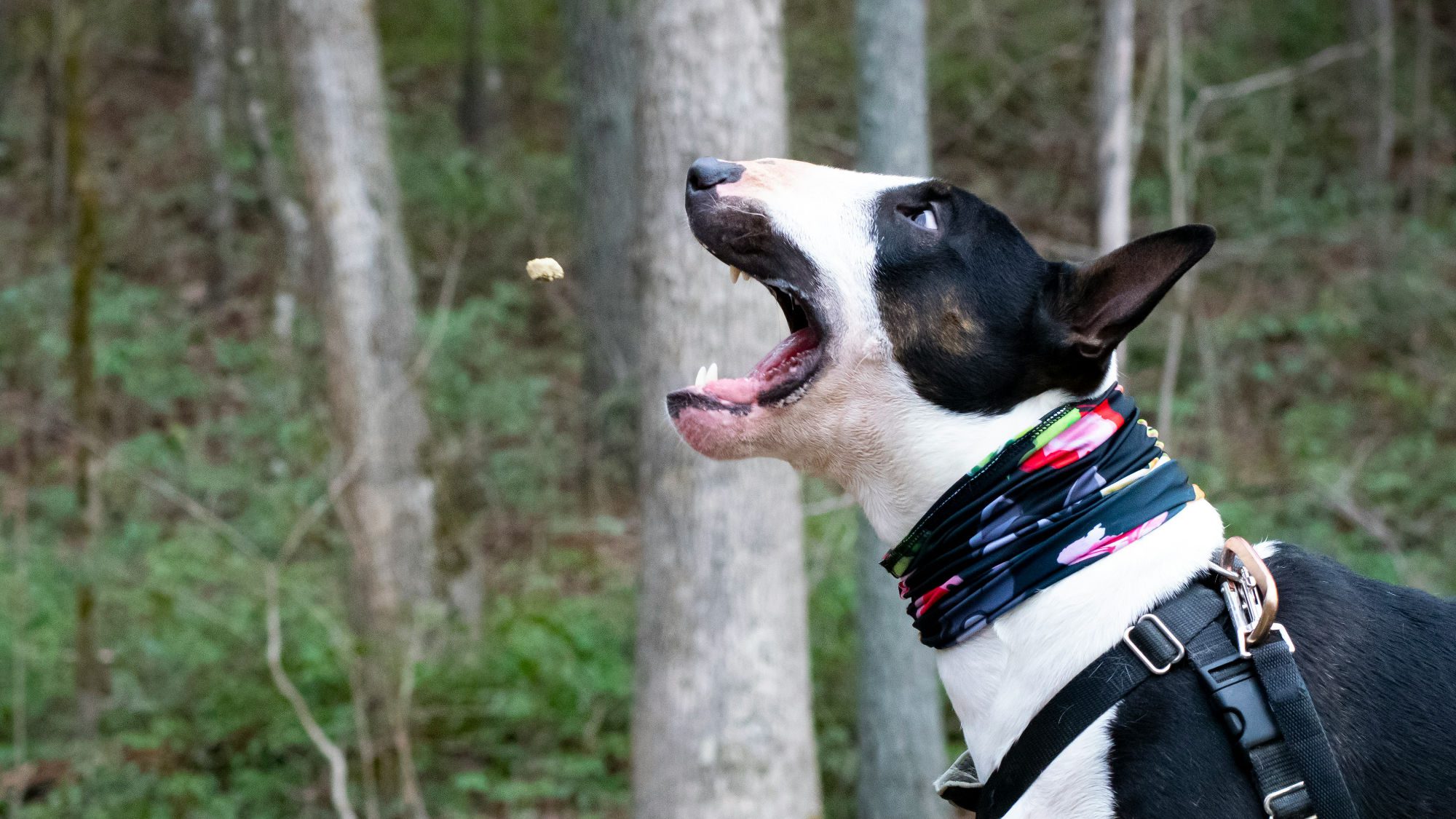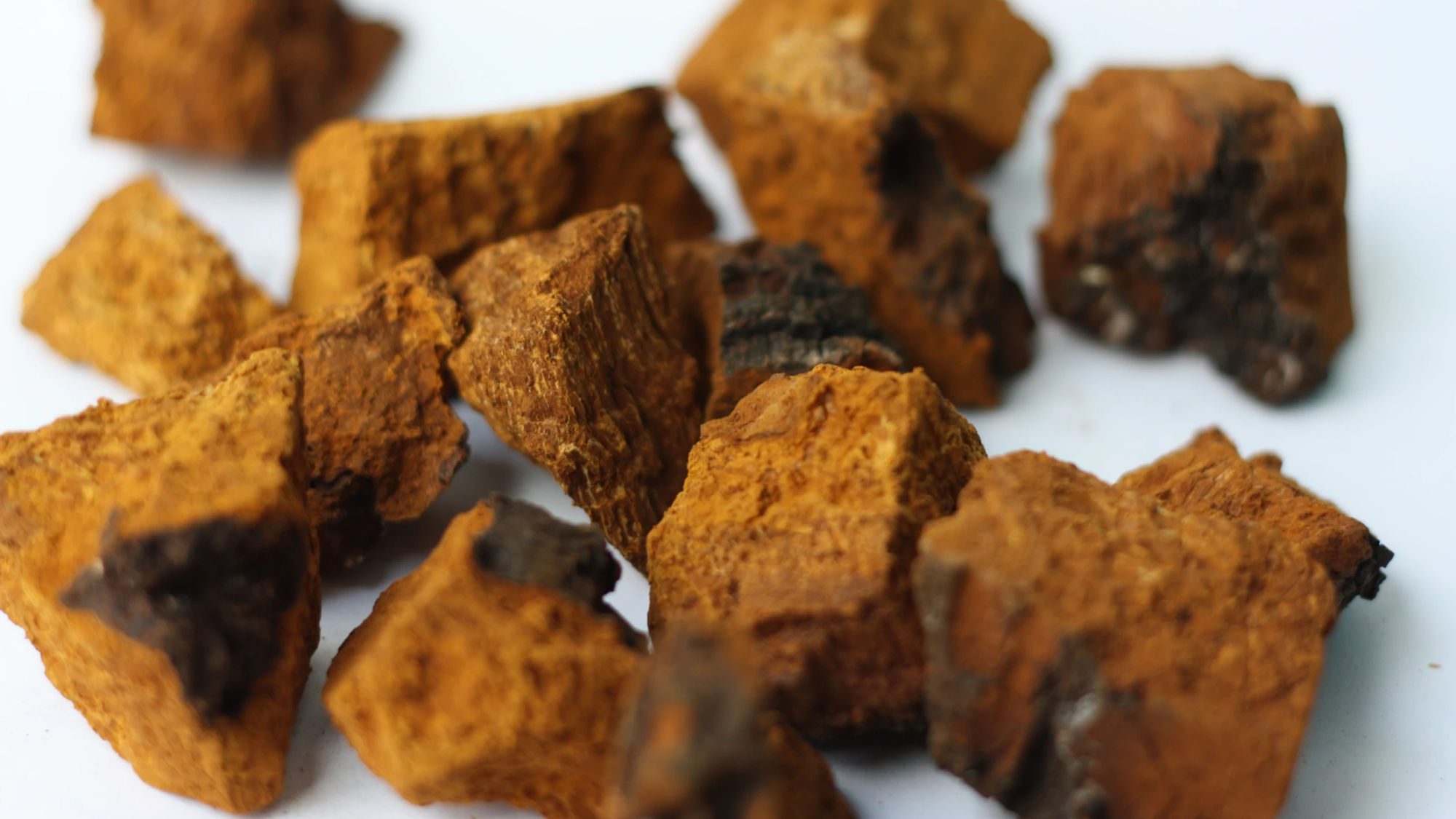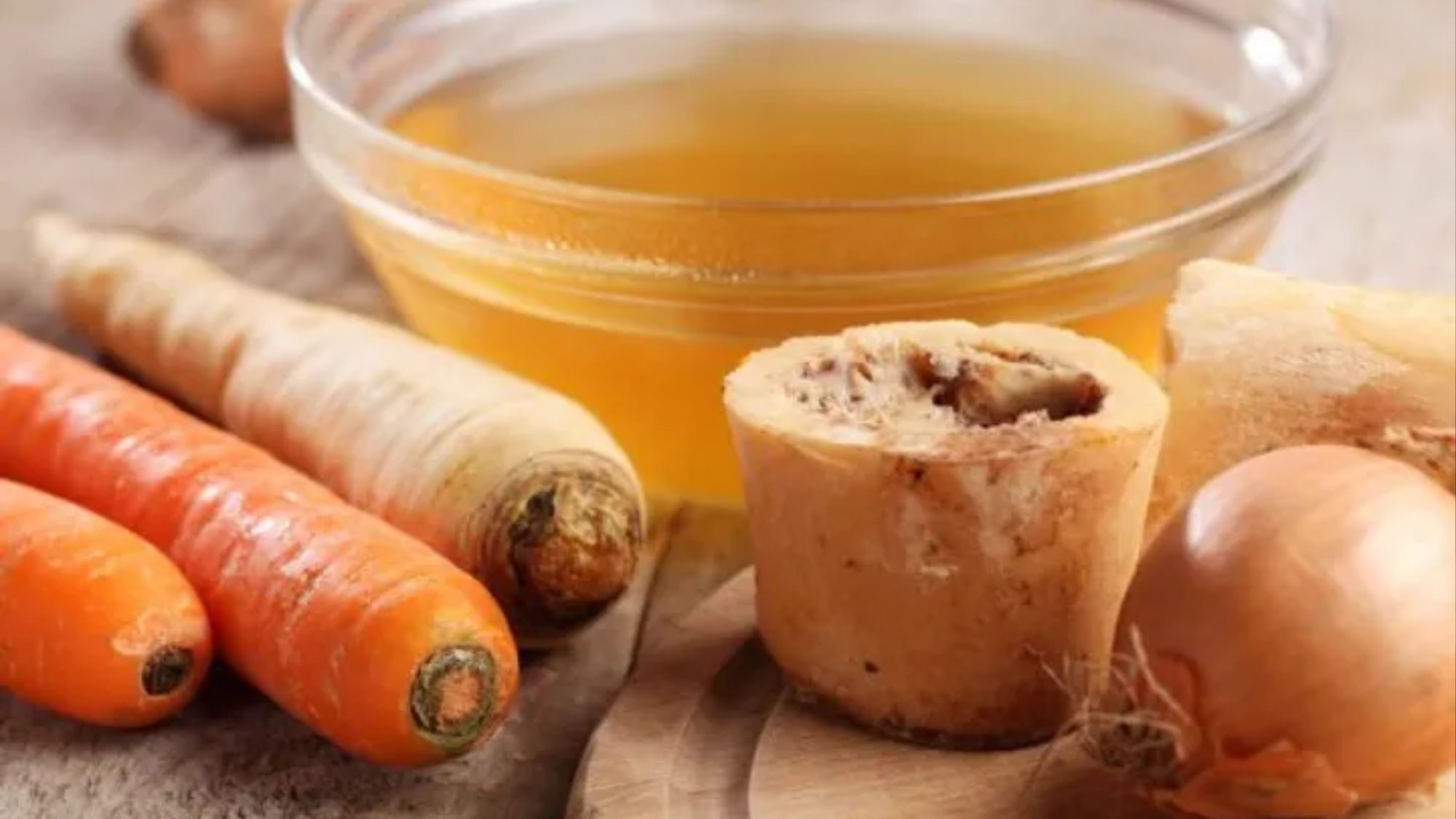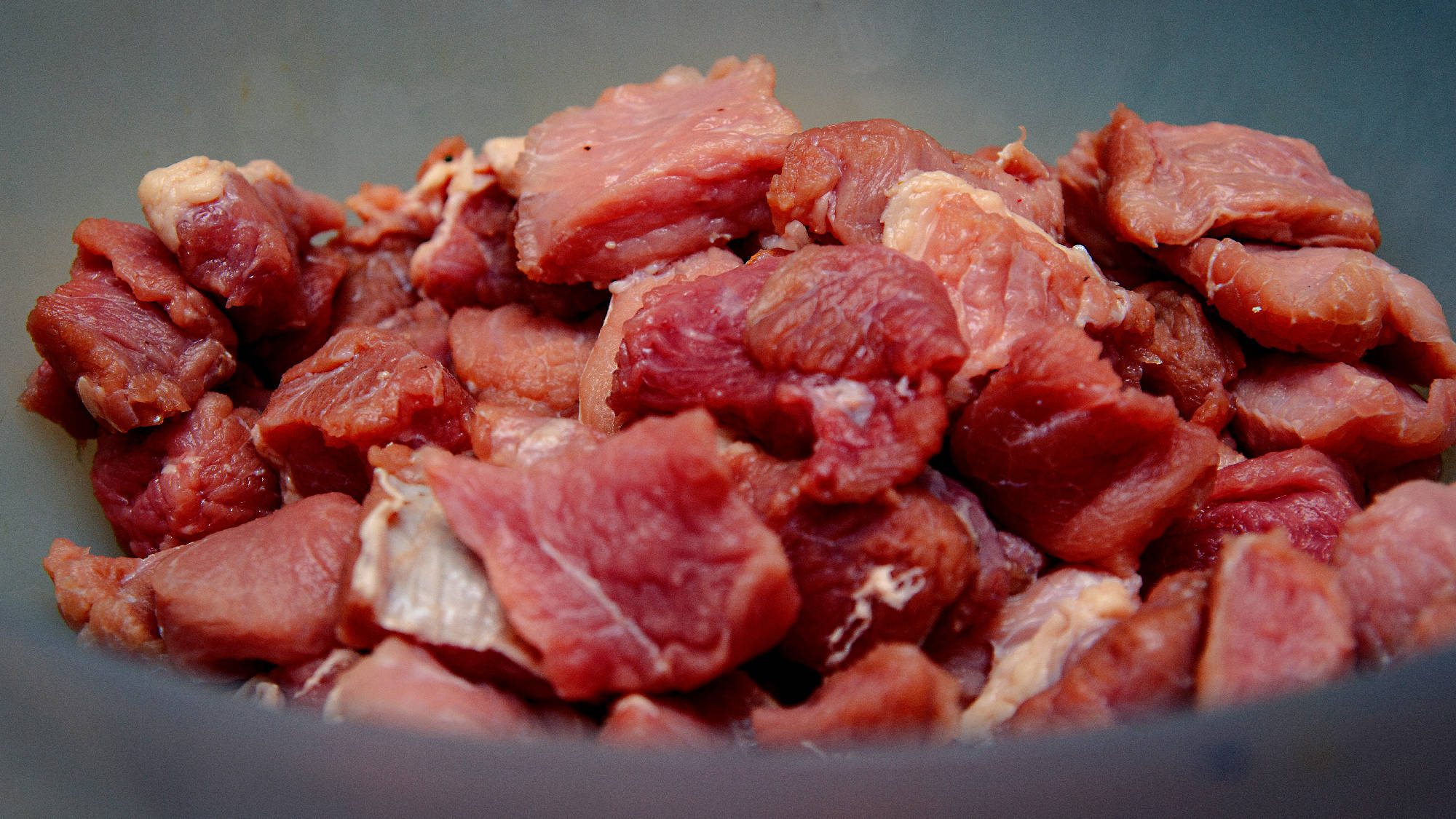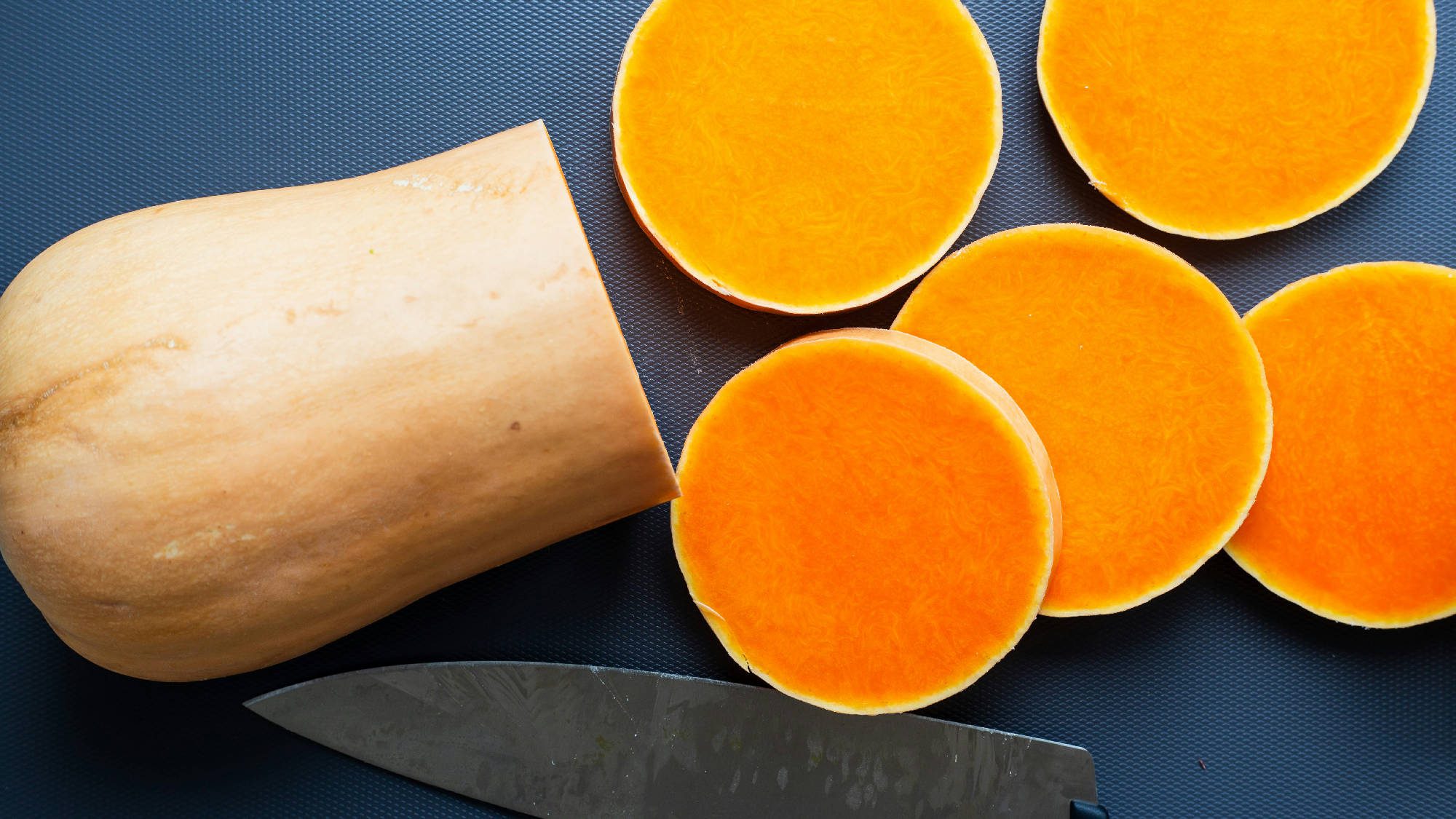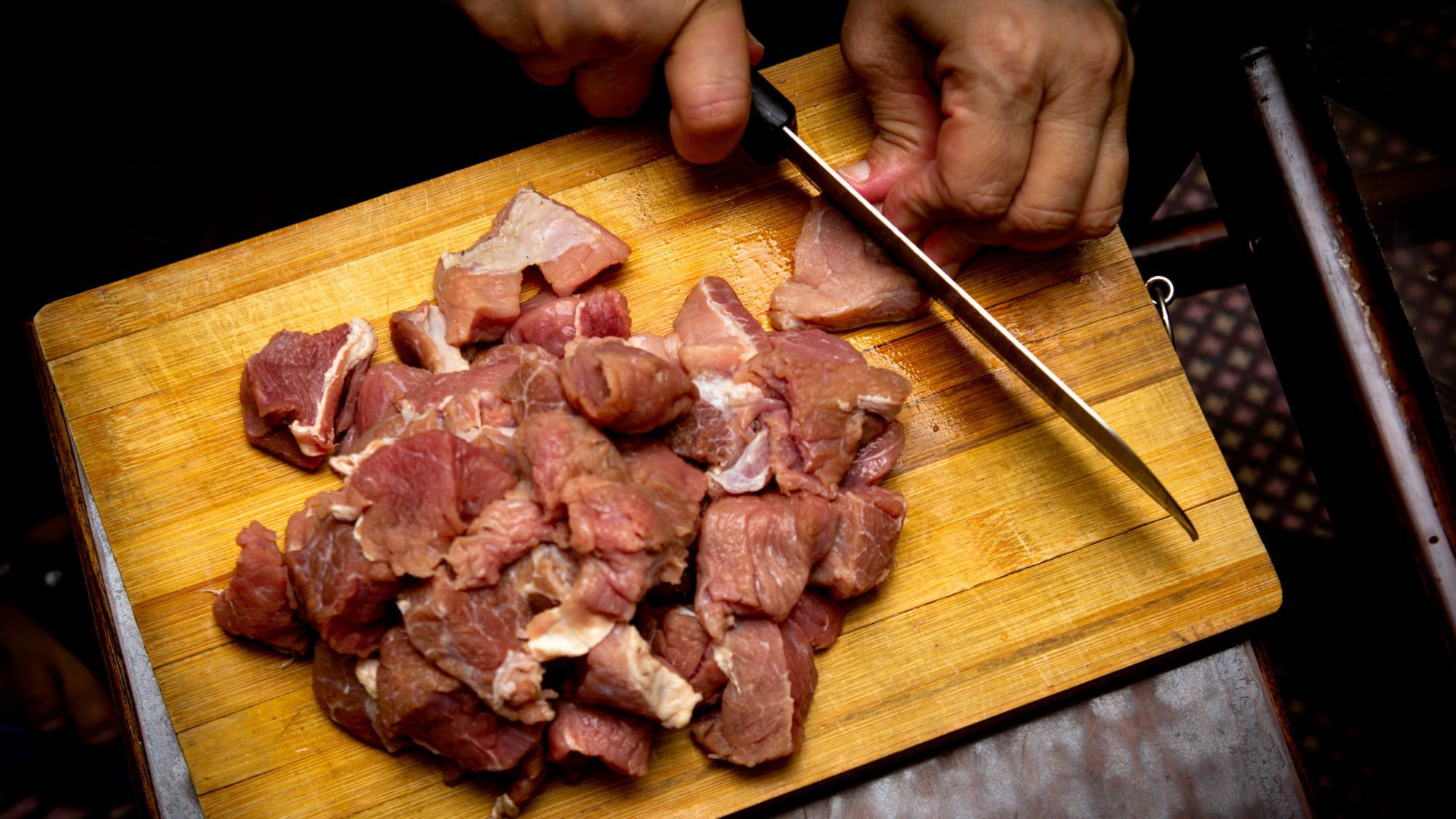Exploring the nutritional value of bones reveals their importance in a pet’s diet, beyond just being a chew toy. Bones, including marrow, cartilage, and especially the bone itself, rich in calcium phosphate, play a critical role in maintaining optimal nutrient ratios for pets. This guide breaks down the components of bones, their health benefits, and offers advice on how to safely incorporate raw bones into your dog’s diet for both nutritional support and mental stimulation.
Table of Contents
- Nutritional Components of Bone
- Can You Feed Dogs Raw Bones?
- Guidelines for Feeding Bones to Dogs
- Enhance Your Pet’s Diet with Bone Nutrition
Nutritional Components of Bone
In order to understand the nutrition bones provide to pets, it’s first necessary to nail down exactly what we’re talking about when it comes to bones.
Bone Marrow
Raw bones contain marrow. However, marrow isn’t bone. It’s comprised primarily of fat and blood components, which are high quality nutrients – just not nutrients provided by the bone itself.
Cartilage
There’s also cartilage attached to raw bones. Cartilage also isn’t bone. Cartilage is connective tissue composed of about 50 percent collagen and mucopolysaccharides (chains of glucose molecules combined with mucous).
Collagen
Collagen is fibrous connective tissue that is poorly digested by pets.
According to Miller’s Anatomy Of The Dog, 2nd Edition
“Bone is about one third organic and two thirds inorganic material. The inorganic matrix of bone has a microcrystalline structure composed principally of calcium phosphate.”
Calcium Phosphate
So, bone is composed primarily of calcium phosphate. Calcium and phosphorus ratios and total amounts in a pet’s diet are important. This is especially true for large breed puppies with unique nutritional requirements (0.8 percent calcium and 0.67 percent phosphorus is considered the ideal ratio for these pups).
The ideal total amount of calcium in dog food is 1.0 to 1.8 percent of the dry weight of the food. Many inexpensive, poor quality dog foods contain higher amounts of calcium – sometimes twice the recommended percentage. This is because large quantities of ground bone wind up in meat, poultry and fish meal pet food ingredients. Any pet food with “meat and bone meal” at or near the top of the ingredient list probably has an excessive amount of calcium, which can be detrimental for growing animals.
Can You Feed Dogs Raw Bones?
There are two types of raw bones you can feed your pet as part of a healthy raw diet.
1. Edible bones
Edible bones are the hollow, non weight-bearing bones of birds (typically chicken wings and chicken and turkey necks). They are soft, pliable, don’t contain marrow, and can be easily crushed in a meat grinder.
Edible bones provide calcium, phosphorus and trace minerals to a raw food diet. (When you feed meals containing edible bones, you should not supplement with bone meal.)
2. Recreational Bones
Recreational bones are the big beef or bison femur or hip bones filled with marrow. They don’t supply much nutrition (because they should be gnawed on only, not chewed up and swallowed), but they do provide great mental stimulation and oral health benefits.
When your dog chews on a raw recreational bone, especially a meaty one with cartilage and soft tissue still attached, his teeth get the equivalent of a good brushing and flossing. This helps to break down tartar and reduces the risk of gum disease.
Guidelines for Feeding Bones to Dogs
There is some basic information you should know about offering recreational bones to your dog.
- Dogs that are aggressive chewers can chip or fracture their teeth on raw bones (my veterinary dentist says uneducated pet owners offering raw bones with no background information have funded most of his brand new building through expensive dental repairs).
- Marrow is fatty; it can add lots of calories to your pet’s daily caloric intake and should be avoided if your pet has pancreatitis.
- Marrow can cause an impressive bout of diarrhea if consumed by dogs with ‘sensitive stomachs.’ My recommendation is to scoop out the marrow (I call these ‘low fat raw bones’) until your pet’s GI tract has adapted to the higher fat treat. Or permanently offer bones with no marrow if your pet is battling a weight problem or needs a low fat diet.
- Raw bones are usually sold frozen. When they thaw and your pet chews on them, they become a goopy delicacy that can leave ‘bone prints’ of grease, a little blood and small bits of meat around your house until your dog has completely cleaned them up. Many people offer bones outside, in crates, or on a surface that can be mopped afterwards. Don’t offer raw bones on white carpet!
- I tell people to match the size bone offered to your dog’s head. Dogs can’t be given a bone that’s too big, but they can be given a bone that is too small. Bones that are too small can be choking hazards and cause significant oral trauma.
- If your pet breaks off pieces of raw bone, I recommend removing them.
- Never cook raw bones; cooked bones splinter and are dangerous.
- Always supervise dogs when you’ve given them raw bones.
- I recommend separating even the best of dog friends when offering raw bones.
- Recreational bones do not supply adequate calcium for homemade meals that don’t contain edible bones or bone meal.
Enhance Your Pet’s Diet with Bone Nutrition
Wrapping up, the thoughtful inclusion of bones in your pet’s diet can be more than just a treat — it’s a way to enrich their nutritional intake and support their health. By understanding the various components of bones and their benefits, from marrow to cartilage and the essential calcium phosphate in the bone itself, you can make informed choices that enhance your pet’s diet.
Whether opting for edible bones for their nutrient value or recreational bones for keeping your dog’s teeth clean and their mind engaged, remember to follow safe feeding guidelines. This ensures your furry friend reaps all the benefits bones have to offer, maintaining their joy and well-being as part of your family.



